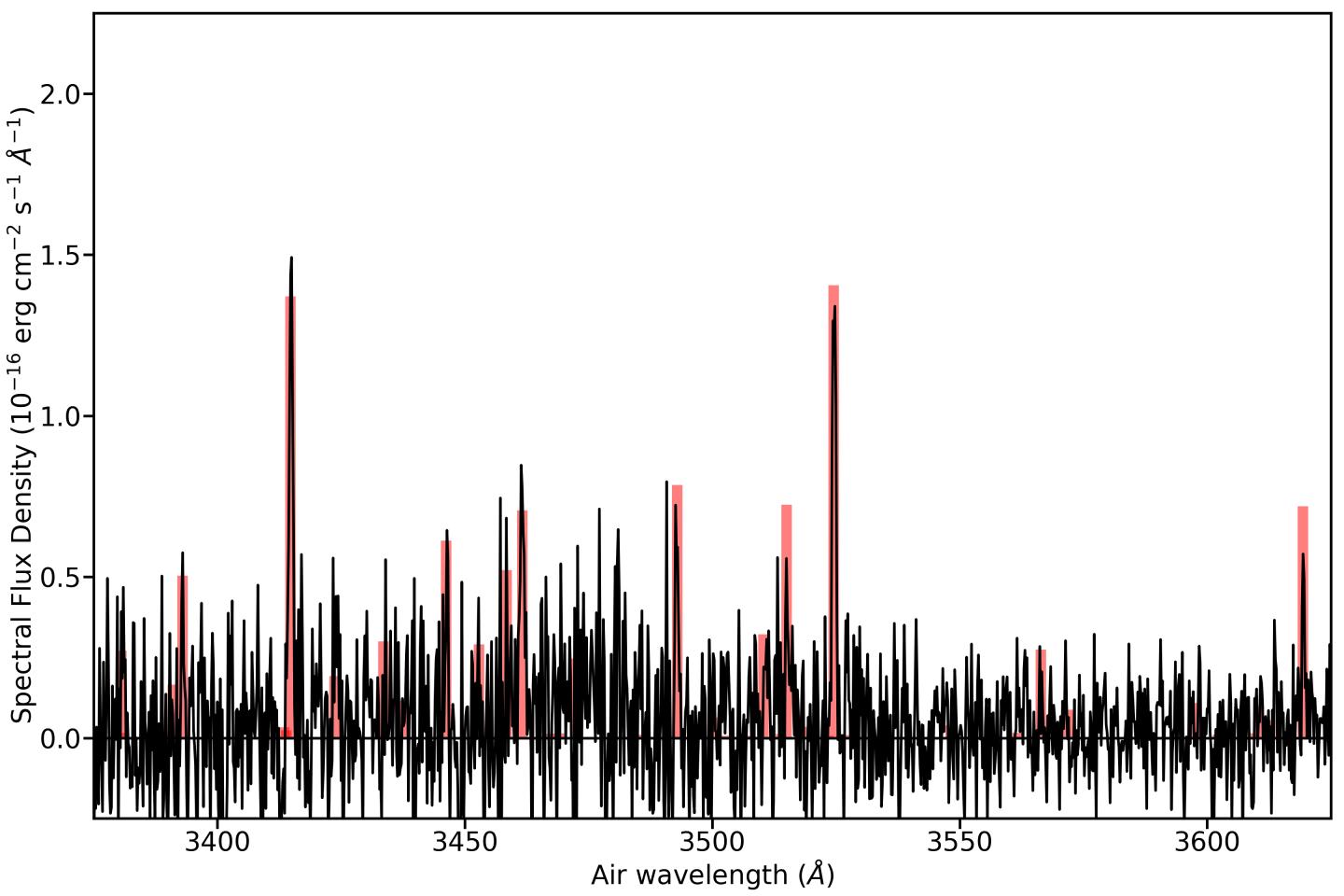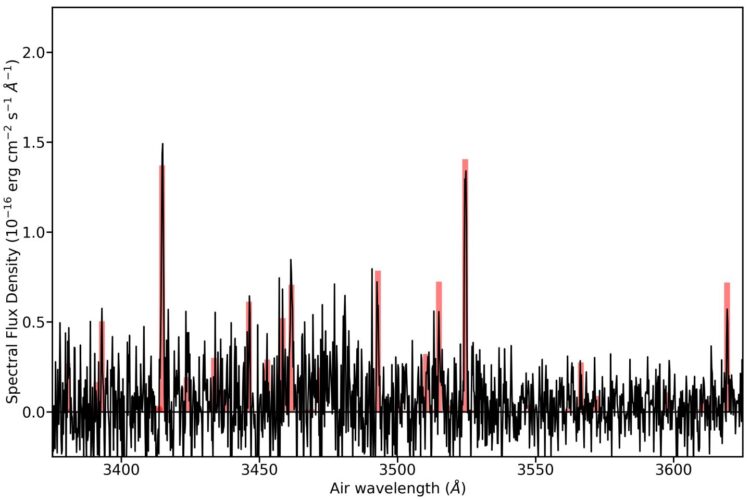
Credit: ESO/P.Guzik/M.Drahus
Unbound nickel atoms and other heavy elements have been observed in very hot cosmic environments, including the atmospheres of ultra-hot exoplanets and evaporating comets that ventured too close to our Sun or other stars. A new study conducted by JU researchers reveals the presence of nickel atoms in the cold gasses surrounding the interstellar comet 2I/Borisov. The team’s finding is being published in Nature on 19 May 2021.
Interstellar comets and asteroids are precious to science because, unlike millions of minor bodies that formed in our Solar System, they originate from distant planetary systems. Until very recently, the existence of such cosmic vagabonds has merely been an interesting possibility, based on the fact that our Solar System ejected most of the primordial comets and asteroids into the interstellar space in its early days. The objects came to light in 2017 with the unexpected detection of the asteroidal 1I/’Oumuamua, followed by the discovery of the only known cometary interloper, 2I/Borisov, in 2019. “The scientific value of these objects is absolutely overwhelming, as they carry a plethora of information about their home planetary systems,” says Piotr Guzik of the Jagiellonian University in Poland, author of the new study on 2I/Borisov.
The gasses around 2I/Borisov enabled astronomers to obtain the first precious insights into the chemical composition of an alien icy world. “We were curious what atoms and molecules make up the gasses around 2I/Borisov,” explains study co-author Micha? Drahus of the Jagiellonian University. There was only one way to find out. Over three nights in late January 2020, the Very Large Telescope of the European Southern Observatory in Chile was pointed at comet 2I/Borisov to collect the object’s faint light. The incoming photons were directed to the X-shooter spectrograph, which split the light into its constituent wavelengths, enabling the identification of atoms and molecules through their characteristic spectral signatures.
Guzik and Drahus immediately scrutinized the incoming data and realized the existence of unforeseen spectral features. “At first, these features seemed impossible to identify with standard cometary species,” says Guzik. After months of fruitless research, the team was close to giving up. But unexpectedly, a solution appeared on the horizon. “It was literally a ‘Beautiful Mind’ kind of situation, when the wavelengths of these lines materialized in a tabulated spectrum of comet Ikeya-Seki and pointed at atomic nickel,” says Guzik, who first realized the surprising answer. “It didn’t seem to make any sense,” Drahus adds, “but it really did!”
The problem was that comet Ikeya-Seki passed so close to the Sun that the surrounding dust started evaporating, releasing various metals. The same mechanism could not apply to the cold comet 2I/Borisov, which passed too far from the Sun. “The nickel in 2I/Borisov seems to originate from a short-lived nickel-bearing molecule that is incorporated in the cometary ice and sublimates at low temperatures,” explains Guzik. “This is really cool because heavy elements have not been observed in cold cosmic environments before.” According to the study, nickel is not very abundant, accounting for less than 1 in 100,000 atoms in the gasses around 2I/Borisov.
###
The study was supported by the National Science Centre of Poland through ETIUDA scholarship no. 2020/36/T/ST9/00596 and SONATA BIS grant no. 2016/22/E/ST9/00109, as well as the Polish Ministry of Science and Higher Education through grant no. DIR/WK/2018/12. The project is part of research conducted at the Department of Stellar and Extragalactic Astronomy of the Jagiellonian University’s Astronomical Observatory.
Media Contact
Piotr Guzik
[email protected]
Related Journal Article
http://dx.





